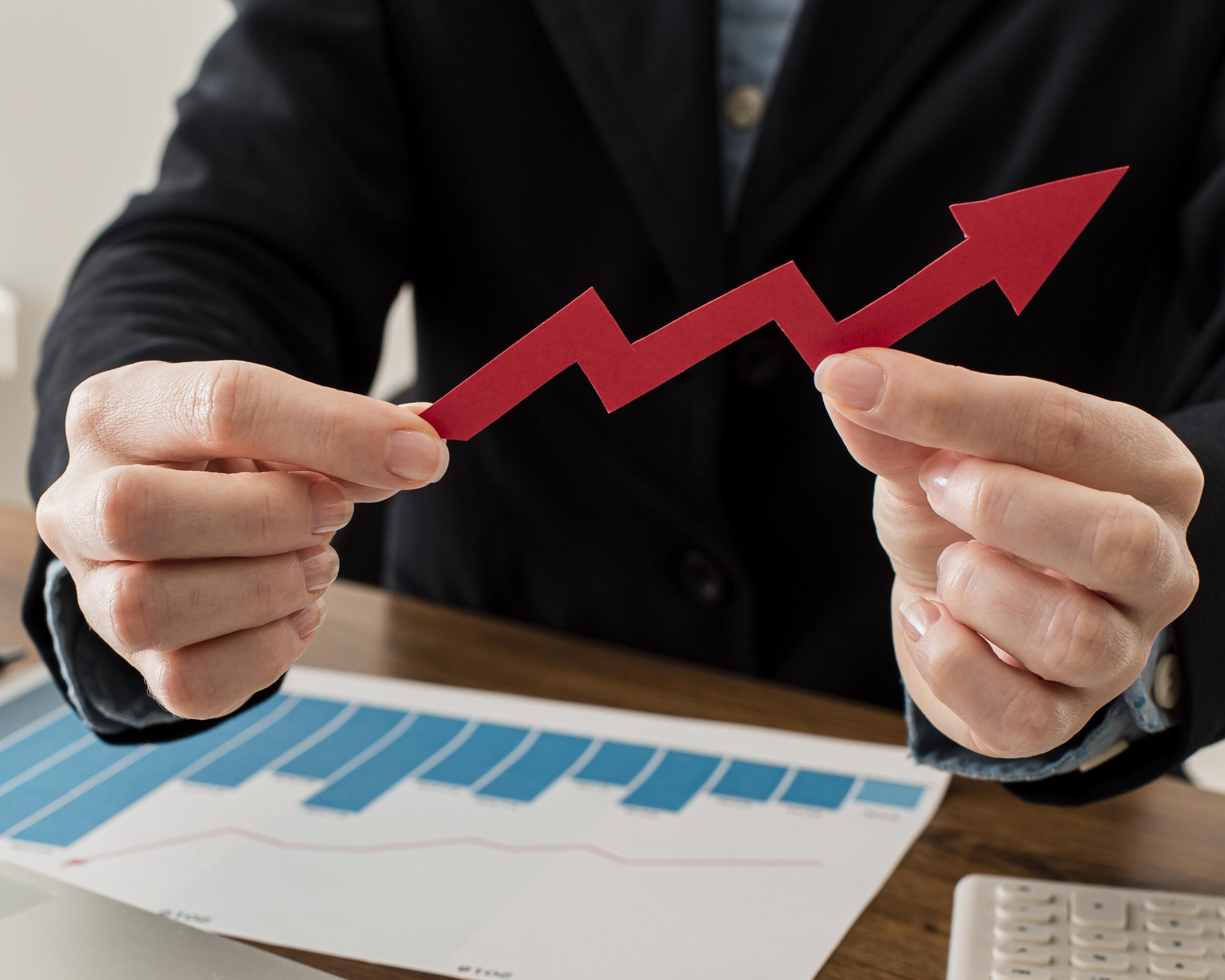The Role of Big Data in Forex Cross Rate and Live Forex Rate Analysis

In today’s fast-paced world of forex trading, staying ahead of the curve is crucial. One way traders and analysts do this is by using big data to interpret market trends. Big data isn’t just a buzzword—it plays a vital role in analyzing forex cross rates and live forex rates. This article dives into the role big data plays in forex analysis, why it’s so powerful, and how it can improve your trading strategy.
What is Big Data in Forex?
Before we get into the specifics of forex cross rates and live forex rates, let’s quickly define big data. Big data refers to massive amounts of information that can be processed and analyzed to uncover valuable insights. In the forex world, this data comes from multiple sources, including global exchange markets, central banks, financial institutions, and even social media.
Forex cross rates and live forex rates are just some of the data points that make up the forex market. With big data, traders can monitor live trends and make real-time decisions to maximize their profits.
The Impact of Big Data on Forex Cross Rates
Forex cross rates involve the exchange rate between two currencies that don’t include the U.S. dollar. For example, EUR/GBP is a cross rate. Big data allows traders to track these rates in real time, helping them spot trends and market shifts before they happen.
Here’s how big data can impact the analysis of forex cross rates:
1. Real-Time Analysis
With big data tools, traders can access live forex cross rate data from all over the world. This means they can track price changes in real-time, making it easier to identify profitable opportunities. For example, if you’re trading EUR/GBP, you can monitor how the euro is performing against the pound in different market conditions, adjusting your strategy as needed.
2. Predictive Analytics
Big data isn’t just about looking at what’s happening now. It’s also about predicting what will happen next. Predictive analytics uses historical data and sophisticated algorithms to forecast future movements of forex cross rates. By understanding these trends, traders can plan their strategies and potentially gain an edge over the competition.
3. Sentiment Analysis
One aspect of big data is sentiment analysis, which involves examining social media, news articles, and financial reports to gauge the mood of the market. If there’s a sudden shift in sentiment, it can cause forex cross rates to fluctuate. Traders can use this data to anticipate price movements and adjust their trades accordingly.
How Big Data Enhances Live Forex Rate Analysis
Live forex rates provide real-time information on the exchange rates of different currencies. Monitoring these rates is essential for traders who want to capitalize on minute-by-minute changes. Big data plays a huge role in enhancing the analysis of these live rates by offering deeper insights into market behavior.
1. Aggregating Data from Multiple Sources
Big data collects live forex rates from numerous global sources. This aggregation helps provide a more complete picture of the market. Instead of relying on a single platform, traders can analyze rates from multiple exchanges, getting a broader view of how currencies are performing. This can help identify discrepancies between rates on different platforms, providing opportunities for arbitrage.
2. High-Frequency Data Processing
With big data, it’s possible to process high-frequency live forex rates in real-time. This allows traders to act on information almost instantaneously, reducing the time it takes to make decisions. For high-frequency traders, every second counts, and big data helps them make faster, more informed decisions.
3. Identifying Patterns and Trends
Live forex rates are constantly changing, and sometimes, it’s hard to see the forest for the trees. However, big data tools can spot patterns and trends within this chaos. Whether it’s a currency pair gaining momentum or a short-term dip, big data analytics help traders identify these moments and take action before others do.
How Traders Can Leverage Big Data for Better Decisions
For traders, the ultimate goal of using big data is to make more informed and profitable decisions. Here’s how you can leverage big data to improve your forex strategy:
1. Use Predictive Tools
Predictive analytics can help you anticipate future price movements. By analyzing historical data and understanding market trends, predictive models can give you an idea of where forex cross rates and live forex rates might go next. While nothing is guaranteed in forex trading, predictive tools can help you make better-informed choices.
2. Automate Your Trading
Big data can be used to create automated trading systems that analyze live forex rates and execute trades based on predefined criteria. This removes the emotion from trading and ensures your decisions are based solely on data. Automation is especially useful for high-frequency trading, where speed and accuracy are key.
3. Stay Updated with Market Sentiment
Sentiment analysis tools use big data to track the mood of the market. By monitoring news, social media, and reports, traders can get a sense of market sentiment before it affects live forex rates or forex cross rates. If there’s a major news event, sentiment analysis can help you anticipate how it will impact the market.
4. Diversify Your Strategy
With the power of big data, traders can analyze a wide variety of markets and cross rates. This allows them to diversify their strategies by focusing on multiple currency pairs instead of just one. Diversification can reduce risk and increase the chances of making profitable trades.
Why Big Data is a Game Changer for Forex Traders
Big data has transformed how forex traders approach the market. Whether it’s analyzing forex cross rates or monitoring live forex rates, big data tools offer deeper insights into market behavior and help traders make smarter decisions. Here’s why it’s such a game changer:
- Speed: Big data allows traders to act faster and with greater accuracy.
- Accuracy: By processing more data, big data tools can spot trends and patterns others might miss.
- Predictability: Predictive analytics can forecast future price movements, allowing traders to prepare for changes before they happen.
- Customization: With big data, traders can customize their trading strategies and focus on the data that matters most to them.
At the end of the day, big data isn’t just a tool—it’s a competitive advantage. By integrating big data into your trading strategy, you can improve your decision-making process and increase your chances of success in the forex market.
FAQs
- What are forex cross rates?
Forex cross rates are exchange rates between two currencies that don’t involve the U.S. dollar. For example, EUR/GBP or AUD/JPY are cross rates, where the euro is exchanged for the pound, or the Australian dollar is exchanged for the Japanese yen. - How do live forex rates impact trading decisions?
Live forex rates show the real-time value of currencies. Traders rely on these rates to make timely decisions, as currency values can change rapidly. Monitoring live rates helps traders seize opportunities and avoid losses. - How does big data help predict forex market movements?
Big data uses historical data, algorithms, and market sentiment to predict potential market movements. By analyzing patterns and trends, traders can forecast where live forex rates and forex cross rates are likely to go. - Can big data help me automate my forex trading?
Yes! Big data can be used to create automated trading systems that analyze forex data and execute trades based on set criteria. This can make trading more efficient and remove emotions from the decision-making process.
5. Is big data suitable for all types of forex traders?
Big data tools are valuable for all traders, but they are especially useful for high-frequency traders and those using advanced strategies. However, beginners can also benefit from big data insights as they gain more experience in the forex market.





